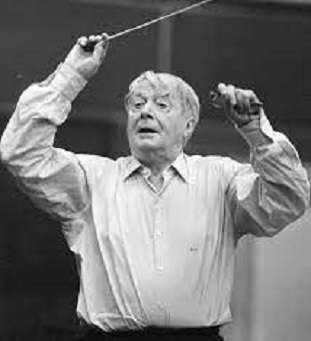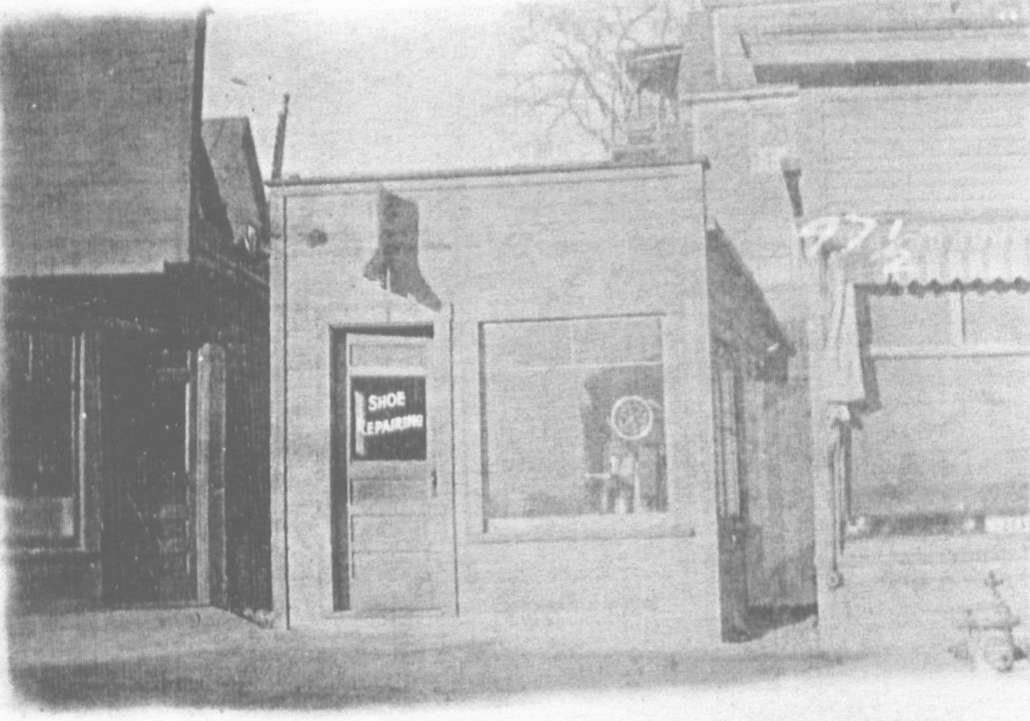FOR YOUR HEALTH: Liver Transplants Help More People Live
 (NAPSI)—You may never have thought about it much, but your liver is essential to your life. It’s the largest solid internal organ and performs so many vital functions, including filtering toxins from your blood, producing bile so you can digest fat, storing sugar for energy, and more.
(NAPSI)—You may never have thought about it much, but your liver is essential to your life. It’s the largest solid internal organ and performs so many vital functions, including filtering toxins from your blood, producing bile so you can digest fat, storing sugar for energy, and more.
The Problem
If your liver fails, you may need a liver transplant. As diseases such as nonalcoholic fatty liver disease (NAFLD) and nonalcoholic steatohepatitis (NASH) become more common, more people will need liver transplants. Research shows 80 to 100 million Americans have fatty liver disease and it is present in 75% of overweight people and 90% of people with severe obesity. NAFLD is the most common form of childhood liver disease in the U.S. and NASH is expected to become the leading cause of liver transplantation by 2025.
An Answer
Living donor liver transplantation offers a solution. A person can donate a portion of their liver to someone else. The liver is the only organ that can regrow, so just a portion is needed for transplant. Before donating, a doctor will run tests, including blood work and physical and psychological exams, to ensure someone is a good match and well enough for surgery. For the transplant, a donor will spend about a week in the hospital and within two to three months their liver will grow back to full, functioning size and so will yours. What are the benefits of a living donor liver transplant? There are over 14,000 people in the U.S. on the wait list for a liver transplant. Each day people die waiting or are removed from the wait list because they’ve become too sick to undergo a transplant or their liver cancer becomes too advanced. Living donation reduces wait time—often by years—allowing someone to get this lifesaving operation when they need it.
Living donor liver transplant:
• Saves valuable time by reducing the risk of the recipient’s liver condition getting worse.
• Typically results in quicker recovery and improved long-term outcomes for the recipient because they’re receiving a portion of a healthy person’s liver.
• Allows time for the donor, recipient and caregivers to plan for the operation.
• Saves another life by allowing the next person on the waiting list to receive a deceased donor liver transplant.
5 Tips to Find a Living Donor:
1. Social Media—Facebook groups are a great way to share your story, photos and more.
2. Word of Mouth—be ready to talk about finding a living donor with everyone from family members to that friend you bump into at the grocery store.
3. Social Networks—confide in groups you regularly interact with such as book clubs, recreational sports, religious groups or your child’s school.
4. Print Materials—create materials about your story for people to share.
5. Public Media—reach out to newspapers, television, radio and news stations.
If you’re looking for a living donor or are interested in becoming one, the American Liver Foundation and UPMC can help. They’ve created a new series of five animated videos to walk you through the process. Learn More For additional stats and facts, visit www.liverfoundation.org/





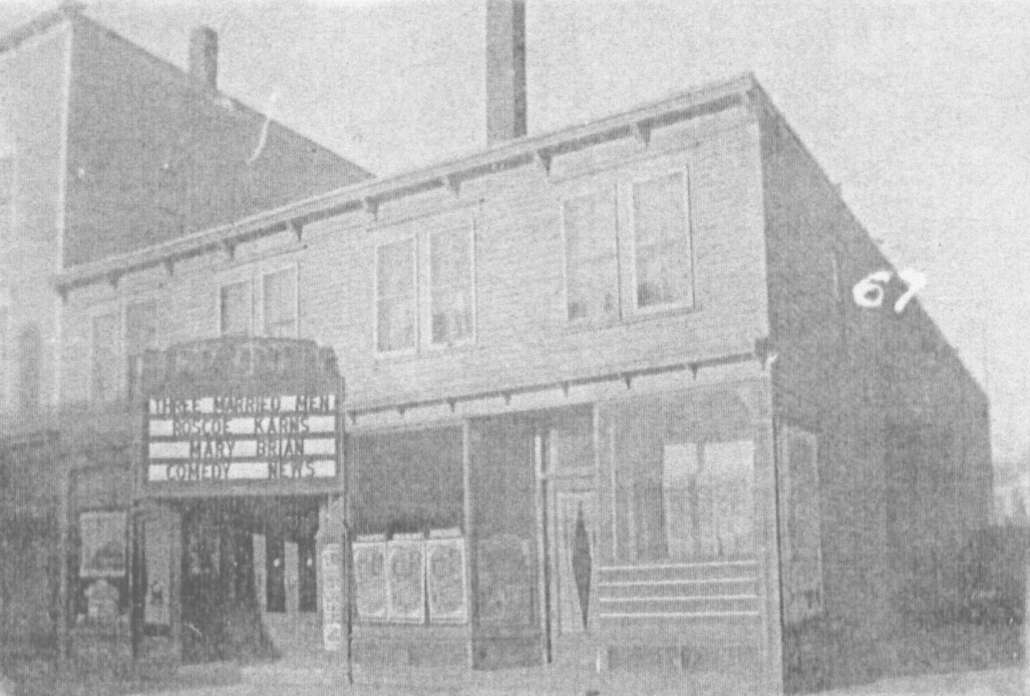

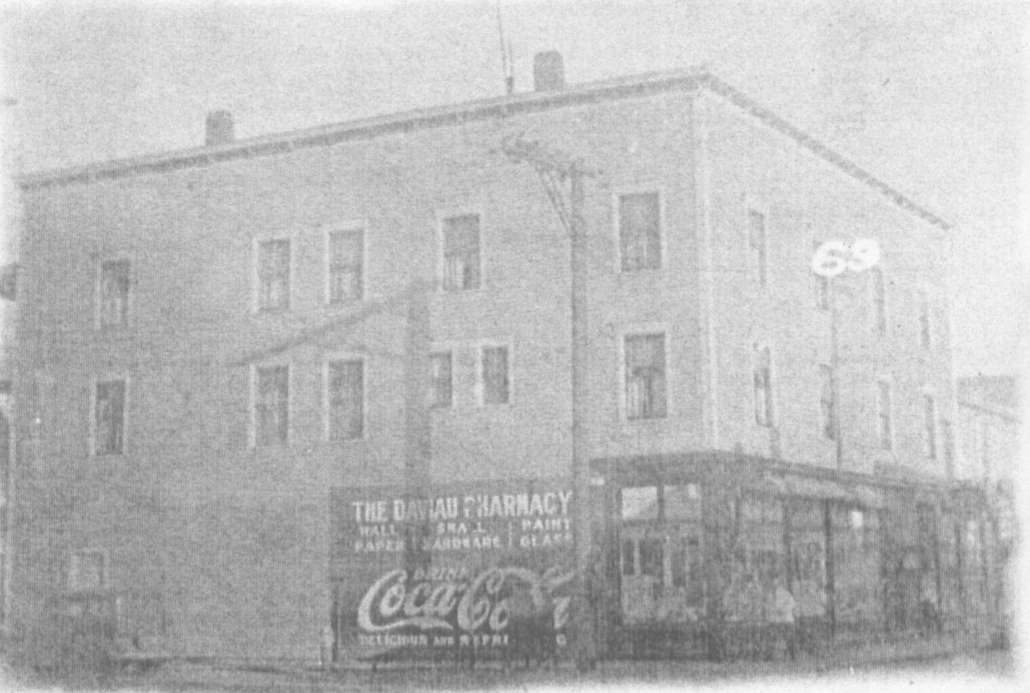
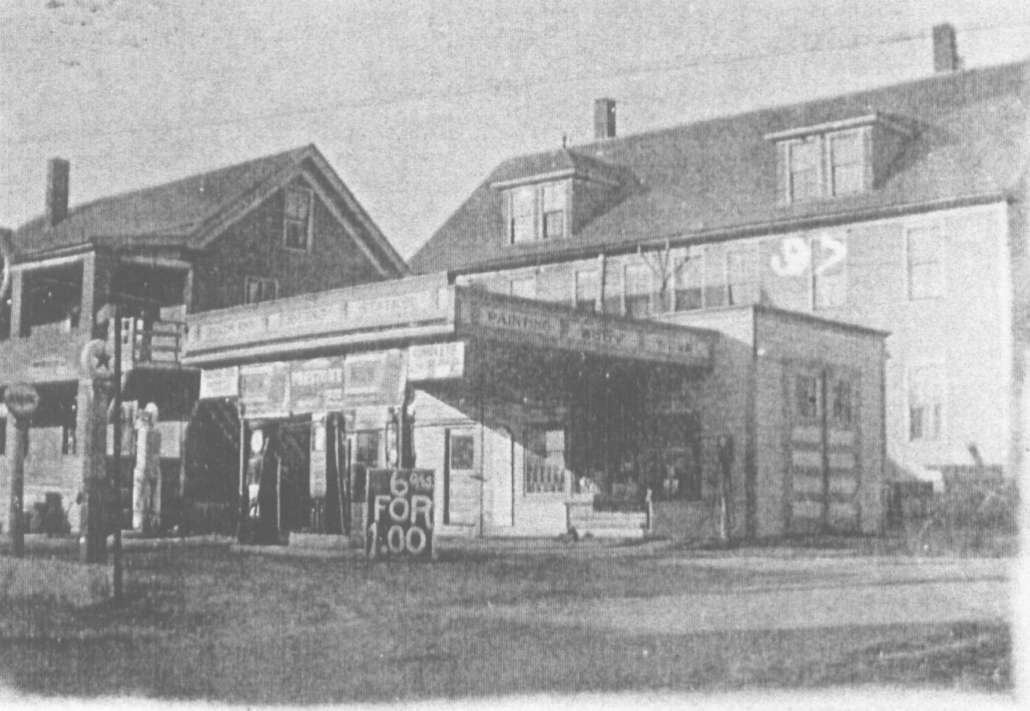
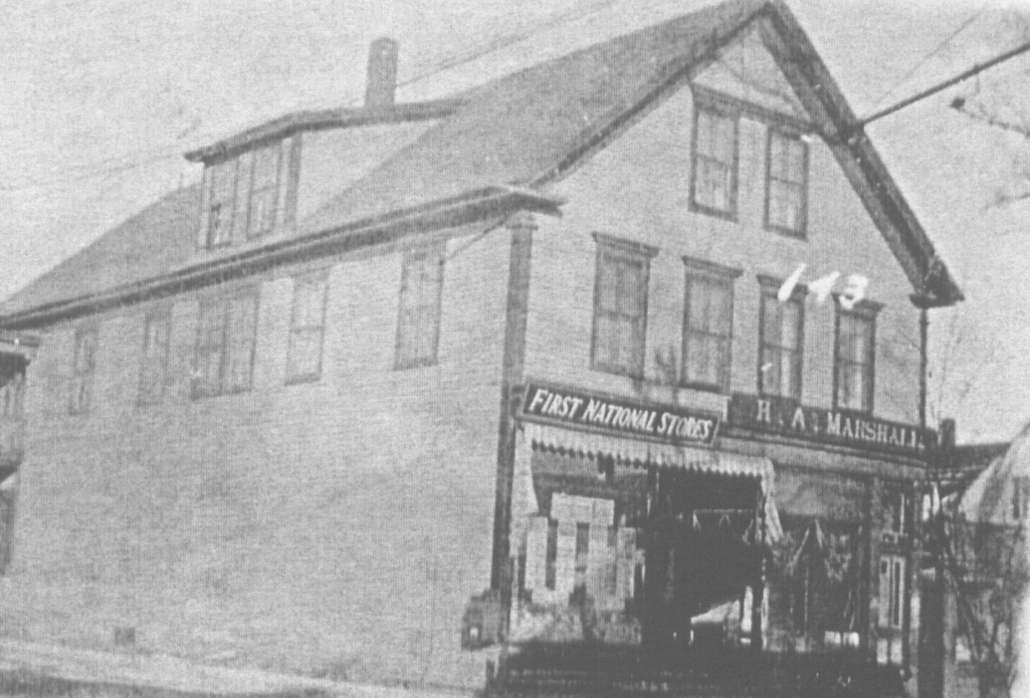





 As you get older, your body can become more susceptible to chronic diseases, so it can be helpful to eat a healthy diet filled with essential nutrients. If you’re looking for an easy yet impactful way to be proactive in your health journey, try introducing seafood into your diet. By simply eating eight ounces or two servings of seafood a week, you may experience a multitude of health benefits that can contribute positively to your overall well-being. Here are some reasons why you should consider seafood for your next meal and several health benefits you may experience by incorporating it into your diet.
As you get older, your body can become more susceptible to chronic diseases, so it can be helpful to eat a healthy diet filled with essential nutrients. If you’re looking for an easy yet impactful way to be proactive in your health journey, try introducing seafood into your diet. By simply eating eight ounces or two servings of seafood a week, you may experience a multitude of health benefits that can contribute positively to your overall well-being. Here are some reasons why you should consider seafood for your next meal and several health benefits you may experience by incorporating it into your diet.

